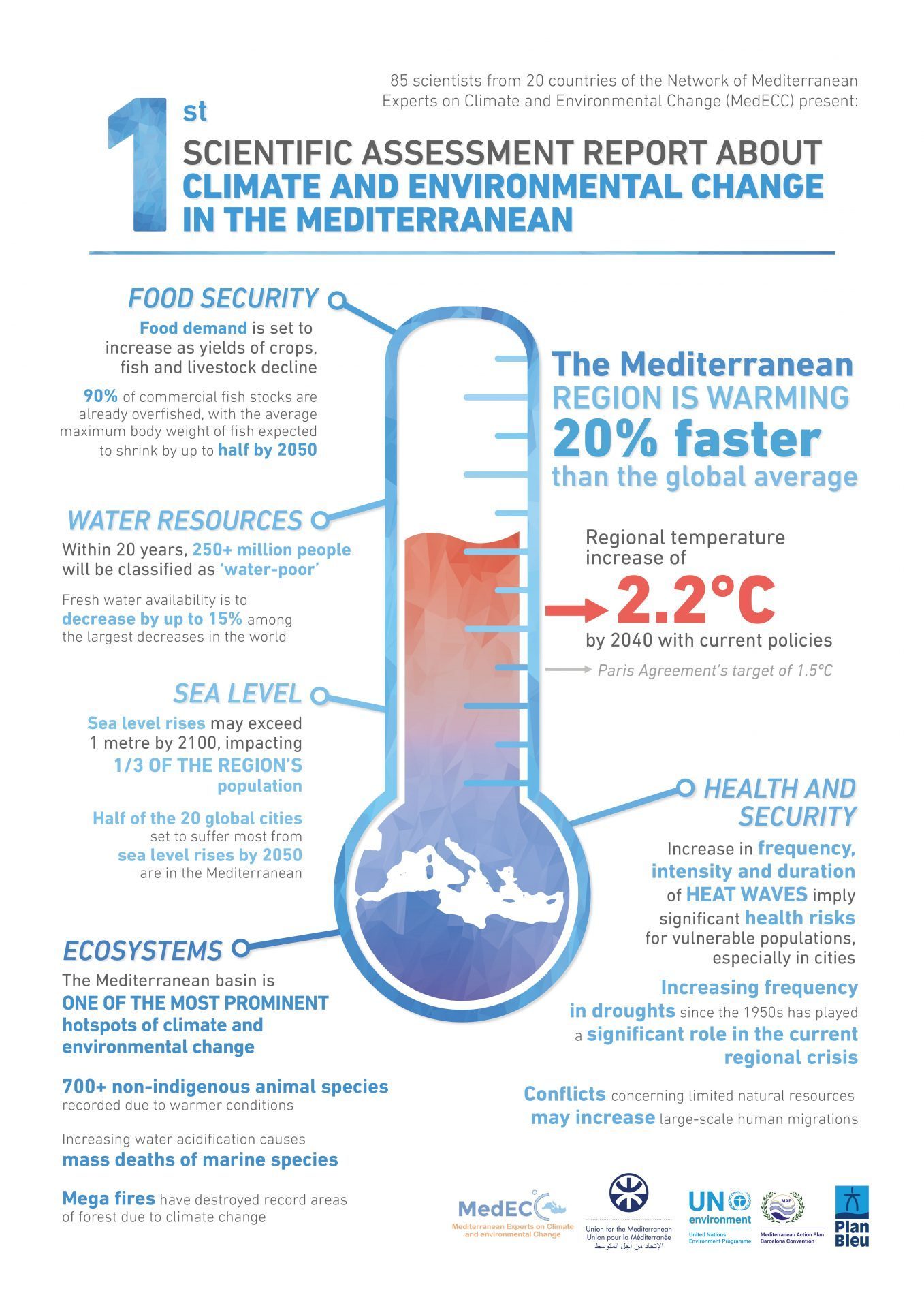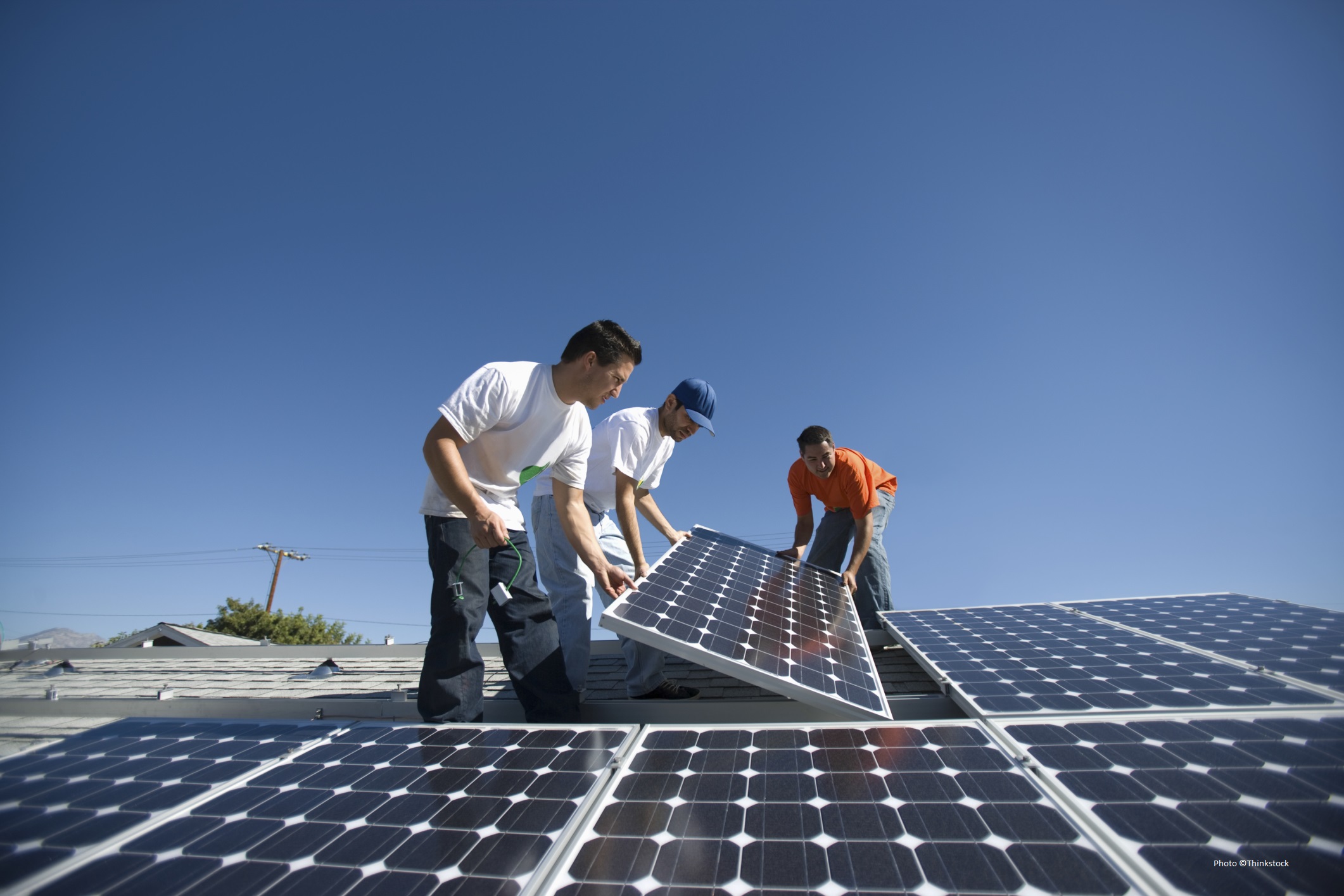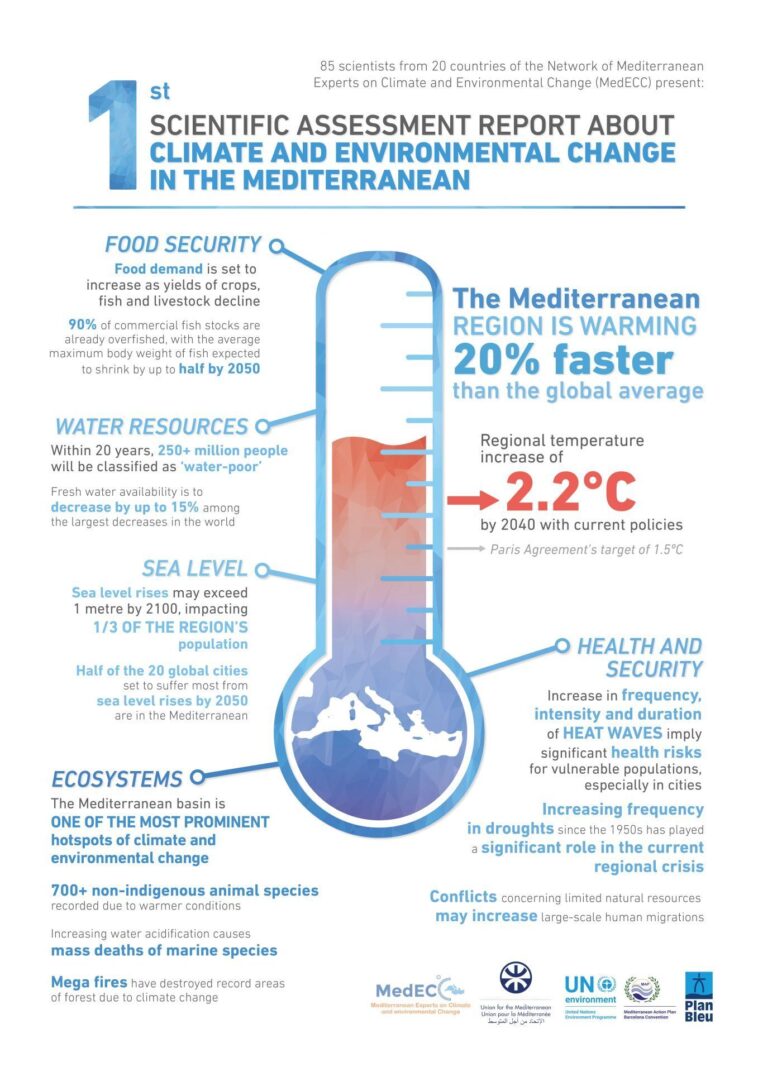
Climate change is an ongoing phenomenon that has resulted in numerous environmental disasters, including wildfires, droughts, floods, and hurricanes. Besides the catastrophic impact on the environment, climate change also poses a grave threat to human health. Environmental health, which is concerned with the interaction between humans and the natural world, is at risk due to climate change. This article explores the impact of climate change on environmental health and provides insight into measures that can be taken to protect people.
Who is Affected by Climate Change?

Every person on earth is affected by climate change, but certain groups are more vulnerable than others. The elderly, children, and people with pre-existing medical conditions are at higher risk of suffering severe health effects due to climate change. Low-income communities and indigenous peoples are also disproportionately impacted by environmental disasters caused by climate change.
What Are the Health Effects of Climate Change?

Climate change has significant adverse impacts on environmental health. In addition to physical injuries and deaths from extreme weather events, climate change affects air quality, water quality, and food security, which can lead to various health issues such as respiratory diseases, cardiovascular diseases, malnutrition, and mental health problems. For example, wildfires caused by climate change release harmful particulate matter into the air, which can cause asthma and other respiratory diseases. Extreme heatwaves increase the risk of heatstroke, dehydration, and other heat-related illnesses. Changes in precipitation patterns affect access to clean water and can lead to waterborne diseases such as cholera.
When Will the Effects of Climate Change Be Felt?

The effects of climate change are already being felt worldwide, and they will continue to worsen with time unless action is taken. The frequency and intensity of extreme weather events are expected to increase, and the rising global temperature will exacerbate health risks. Therefore, it is crucial to take immediate action to mitigate the effects of climate change on environmental health.
How to Protect Environmental Health from Climate Change?

There are numerous measures that can be taken to protect environmental health from the adverse effects of climate change, including:
1. Reduce Greenhouse Gas Emissions
The primary cause of climate change is the accumulation of greenhouse gases such as carbon dioxide in the atmosphere. Therefore, reducing greenhouse gas emissions is essential to mitigate climate change and its health effects. This can be done by using clean energy sources such as wind and solar power, promoting energy efficiency, and transitioning to low-carbon transportation systems.
2. Improve Air Quality
Climate change exacerbates air pollution, which has serious health consequences. Improving air quality can reduce the risk of respiratory diseases and other health problems. This can be achieved by reducing emissions from vehicles and industrial facilities, increasing green spaces in urban areas, and promoting public transportation.
3. Enhance Food Security
Climate change disrupts agricultural production and food supply chains, leading to food shortages and malnutrition. Enhancing food security involves promoting sustainable agriculture practices, ensuring access to safe drinking water, and supporting local food systems.
4. Adapt to Climate Change
Adaptation measures are necessary to cope with the unavoidable impacts of climate change. This includes improving infrastructure such as flood protection and early warning systems, developing heatwave response plans, and implementing drought-resistant agriculture.
Pros and Cons of Mitigating Climate Change
Mitigating climate change has several advantages and disadvantages, including:
Pros
- Reduction in greenhouse gas emissions improves air quality, which leads to better health outcomes.
- The transition to clean energy sources creates job opportunities and stimulates economic growth.
- Sustainable practices such as reforestation and biodiversity conservation have multiple benefits, including carbon sequestration and ecosystem services.
Cons
- Mitigation measures require significant investments, which can be challenging for low-income countries and communities.
- There may be social and economic costs associated with the transition to a low-carbon economy, such as job losses in certain industries.
- The implementation of mitigation measures may face political and social barriers.
Alternatives to Mitigating Climate Change
There are several alternatives to mitigating climate change, including:
1. Adaptation
Adaptation measures aim to reduce the vulnerability of individuals and communities to the adverse effects of climate change. This includes improving infrastructure, developing early warning systems, and promoting resilient agriculture.
2. Geoengineering
Geoengineering involves manipulating the environment to counteract the effects of climate change, such as reflecting sunlight back into space or removing carbon dioxide from the atmosphere. However, geoengineering is controversial and has potential environmental and health risks.
3. Carbon Capture and Storage
Carbon capture and storage involve capturing carbon dioxide emissions from industrial facilities and storing them underground. While this approach can reduce emissions, it requires significant investments and faces several technical challenges.
Step-by-Step Guide to Reducing Your Carbon Footprint
The following steps can help individuals reduce their carbon footprint and contribute to mitigating climatechange:
1. Reduce Energy Consumption
Reducing energy consumption is one of the most effective ways to reduce your carbon footprint. This can be achieved by:
- Turning off lights and appliances when not in use.
- Using energy-efficient light bulbs and appliances.
- Lowering the thermostat during winter months and raising it during summer months.
- Using public transportation, carpooling, or biking instead of driving alone.
2. Reduce Waste
Reducing waste can also help reduce your carbon footprint. This can be done by:
- Recycling paper, plastic, and glass.
- Composting food waste.
- Avoiding single-use plastics such as straws and bags.
- Buying products with minimal packaging.
3. Eat a Plant-Based Diet
Eating a plant-based diet can significantly reduce your carbon footprint. Animal agriculture is a significant contributor to greenhouse gas emissions, so reducing meat consumption can have a positive impact on the environment. Consider incorporating more vegetarian and vegan meals into your diet.
4. Support Clean Energy
Supporting clean energy sources such as wind and solar power can also contribute to mitigating climate change. You can support clean energy by:
- Installing solar panels on your home.
- Purchasing green energy credits.
- Supporting politicians and policies that promote clean energy.
Comparing Mitigation vs. Adaptation
Mitigation and adaptation are both necessary to address the impacts of climate change. Mitigation measures aim to reduce greenhouse gas emissions and mitigate climate change’s adverse effects. Adaptation measures aim to reduce vulnerability to these effects and cope with unavoidable impacts.
While mitigation and adaptation involve different approaches and have different goals, they are not mutually exclusive. Both approaches can work together to achieve a sustainable future.
Tips for Protecting Environmental Health
Protecting environmental health requires collective action at all levels, from individual actions to policy changes. Here are some tips for protecting environmental health:
- Reduce energy consumption and support clean energy sources.
- Practice sustainable agriculture and reduce food waste.
- Support policies and politicians that prioritize environmental protection.
- Reduce, reuse, and recycle.
- Support conservation efforts to protect biodiversity.
The Best Way to Protect Environmental Health
The best way to protect environmental health is through collective action. Individuals, communities, governments, and businesses must work together to mitigate the effects of climate change and protect the environment. This includes reducing greenhouse gas emissions, improving air and water quality, promoting sustainable practices, and supporting conservation efforts. By working together, we can create a sustainable future for ourselves and future generations.
Conclusion
Climate change poses a severe threat to environmental health, and its effects are already being felt worldwide. The adverse impacts of climate change on human health are expected to worsen with time unless action is taken. Mitigating climate change and adapting to its unavoidable impacts are both necessary to protect environmental health. By reducing greenhouse gas emissions, improving air and water quality, promoting sustainable practices, and supporting conservation efforts, we can create a sustainable future for ourselves and generations to come.
Unique FAQs After The Conclusion
- What is the most significant cause of climate change?
- How does climate change impact food production?
- Who is responsible for mitigating climate change?
- Can individuals make a difference in protecting environmental health?
- What are some innovative solutions to mitigate climate change?




